Enzo’s Last Roar: The Carbon-Clad Testament to Speed, Sanity, and the Glory of Doing It the Hard Way
Ah yes! The Ferrari F40. If the automotive world had a Mount Olympus, this snarling, low-slung wedge of carbon and fire would sit there beside Fangio’s overalls and Ayrton Senna’s helmet. The F40 wasn’t just a car. It was a middle finger, lovingly extended by Enzo Ferrari to the very concept of restraint. And with it, he wrote his last letter to the world—one sealed with turbochargers, blood, and carbon fibre.
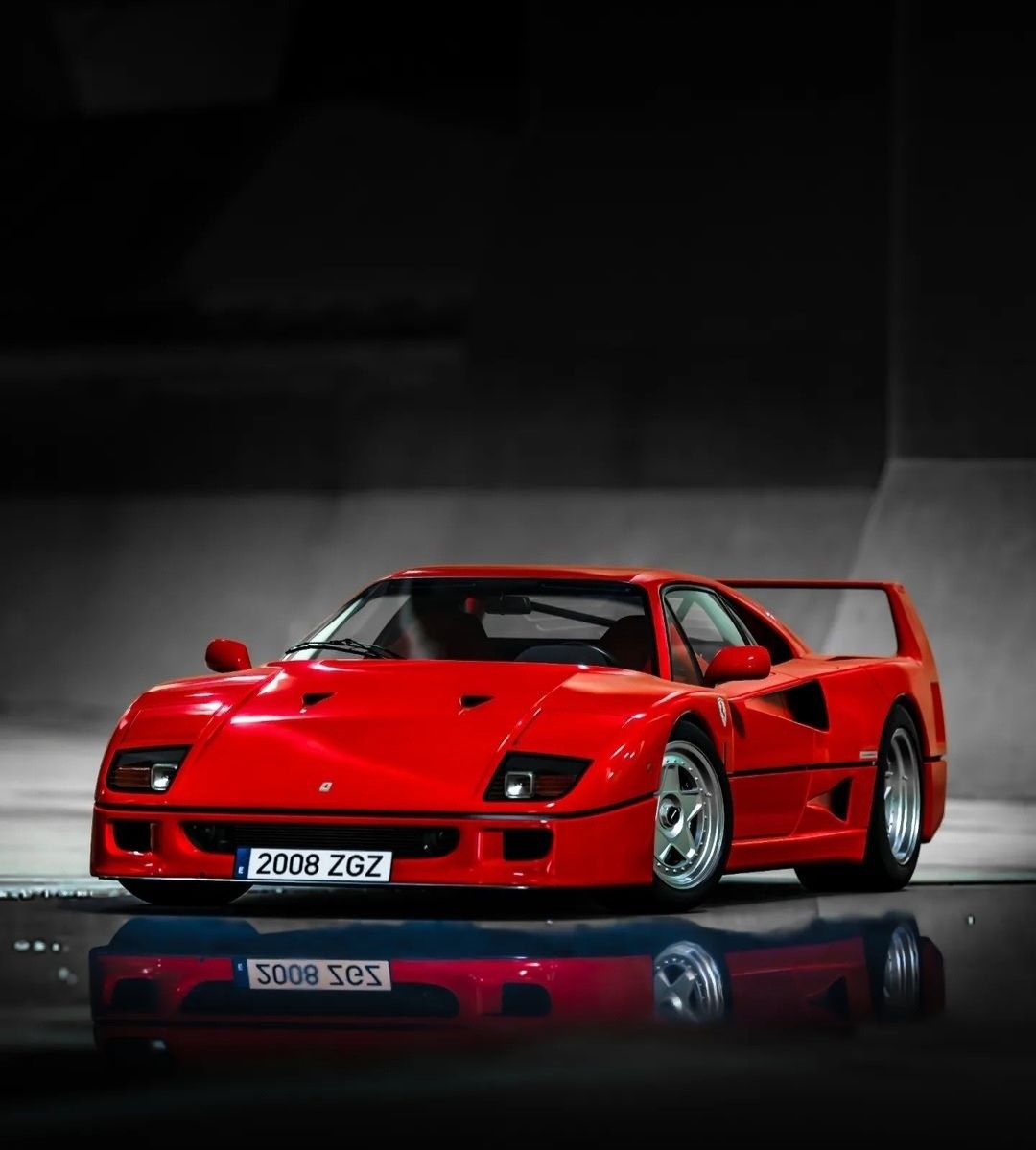
It was 1984 when the seeds were sown. Nicola Materazzi—an engineer with turbocharging in his veins after the 288 GTO—convinced Ferrari they needed a street-legal race car. Enter the GTO Evoluzione,
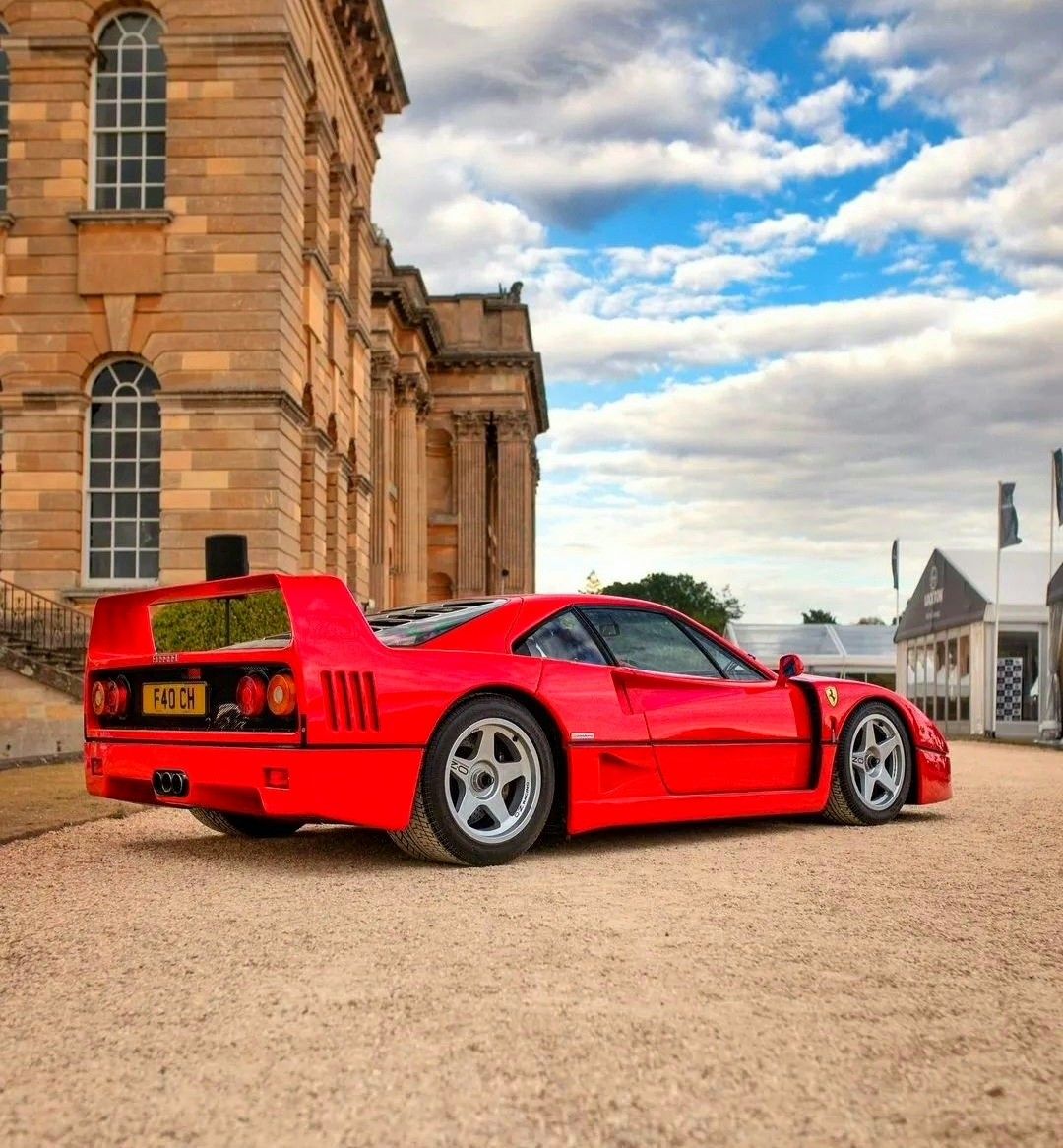
a project so savage and purpose-built it made politicians nervous. But when Group B imploded under the weight of its own madness, Enzo pivoted. “Let’s build something to terrify the world,” he likely grumbled in Modenese dialect. Thus, the F40 was born—not to race, but to rule.
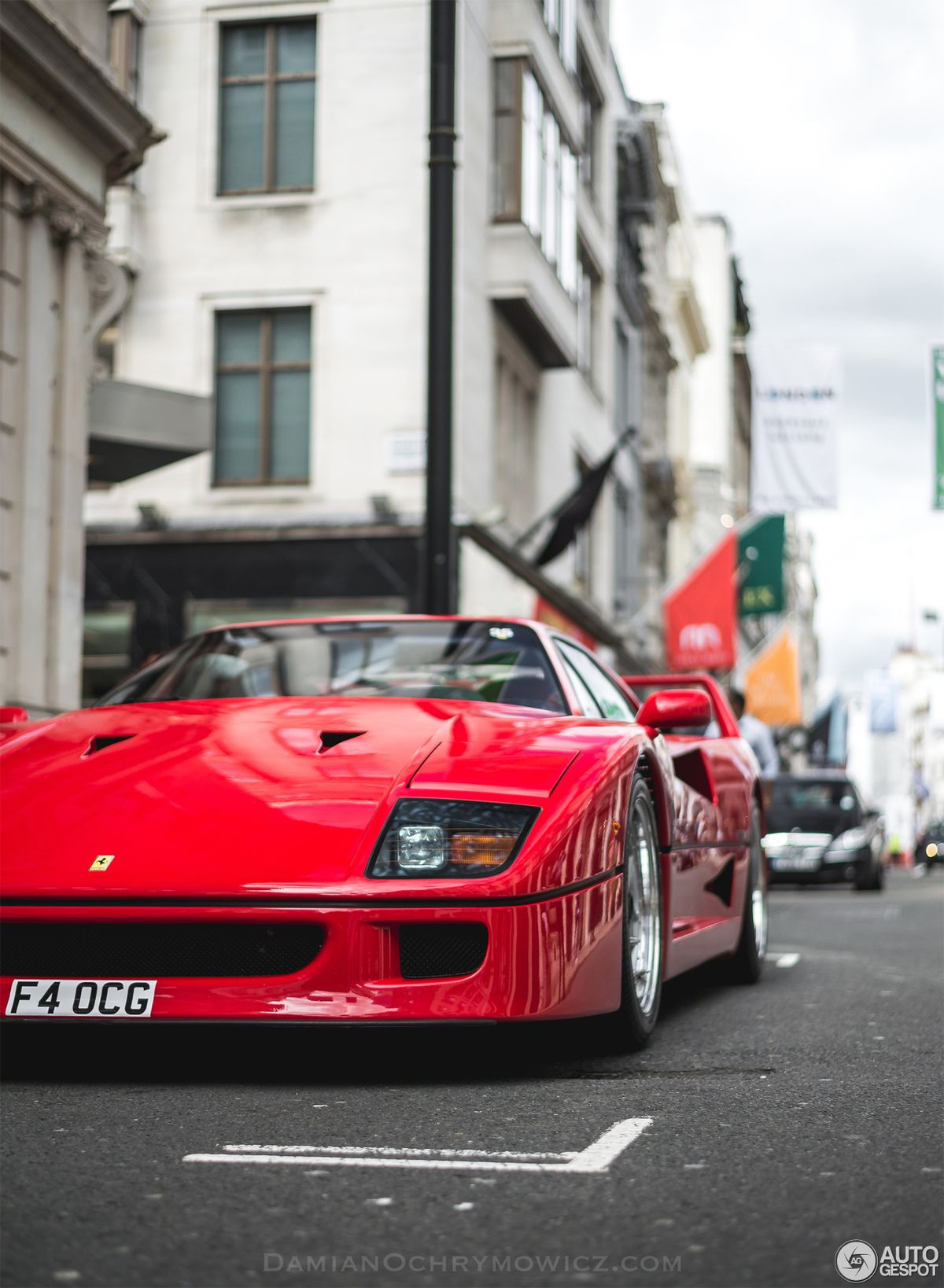
Stylist Leonardo Fioravanti, the man behind the 365 Daytona and 308 GTB, sculpted the body.
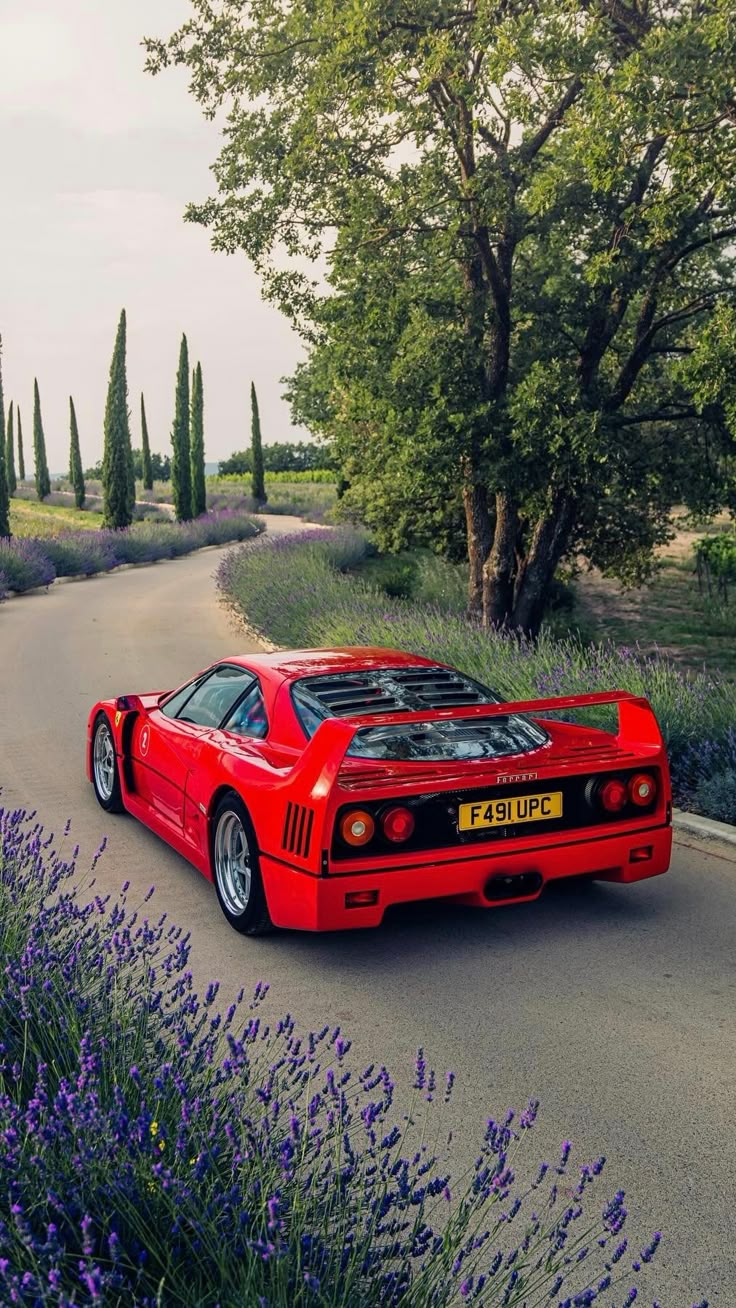
His wind tunnel obsession birthed a silhouette so sharp, it could probably slice prosciutto mid-corner.
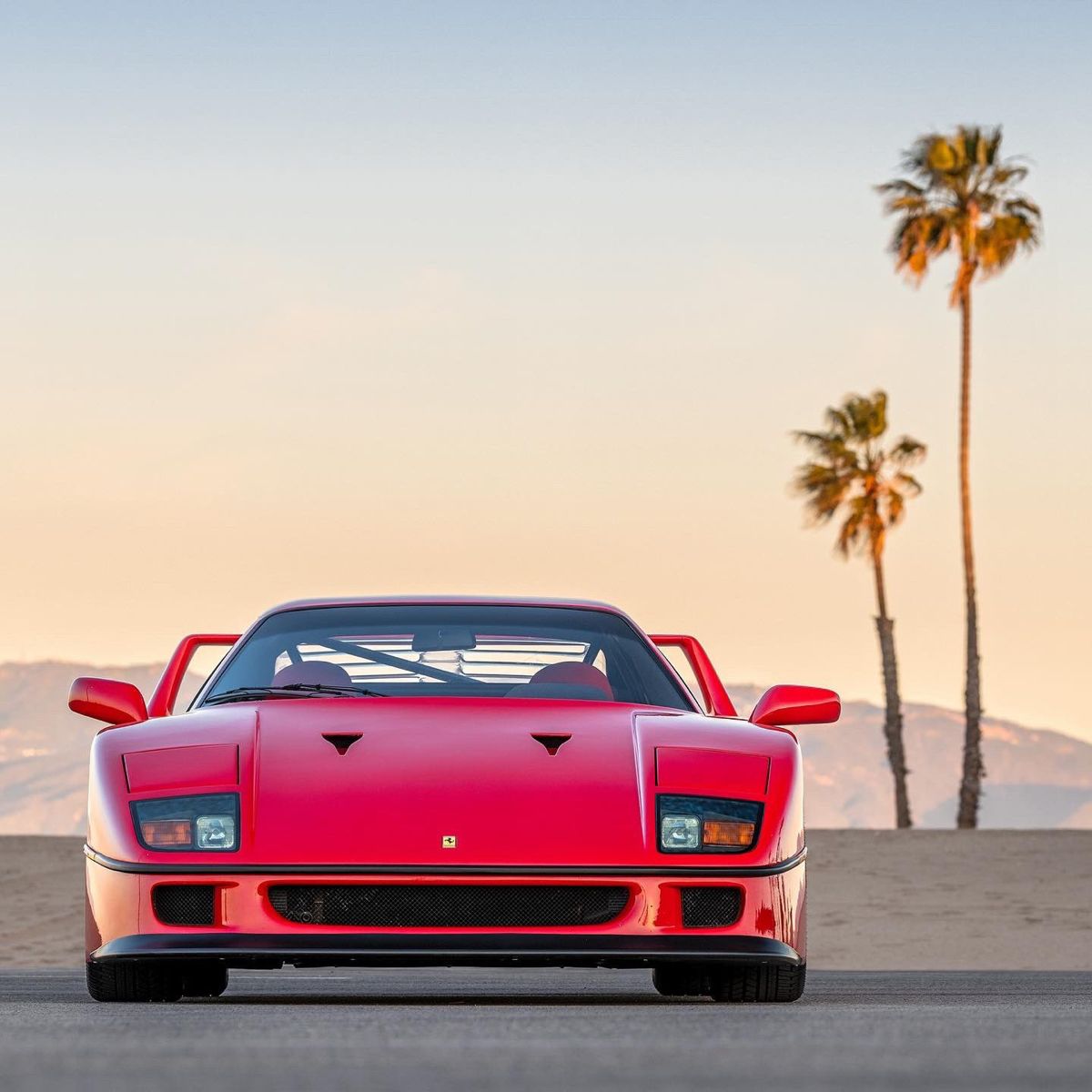
The twin-turbo 2.9L V8 was developed by Materazzi himself, now tuned to belt out 478 PS. But that’s just the paper figure. In reality, most F40s made more. Ferrari never bothered correcting the numbers—probably because they were too busy laughing at your need for facts.
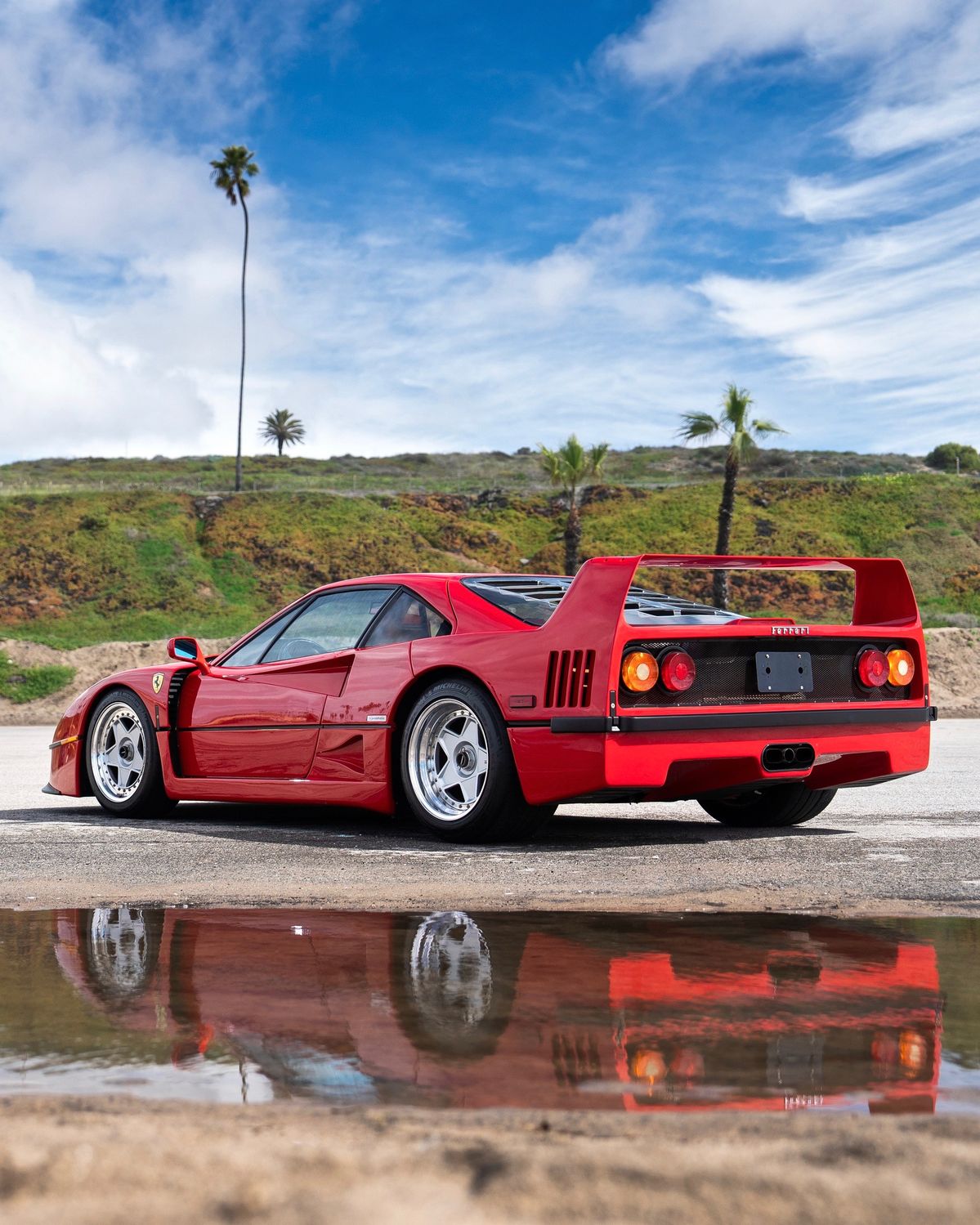
Inside? Misery. Exposed weave carbon, felt carpeting if you were lucky, plastic sliders for windows. A CD player? You’ve got engine noise.
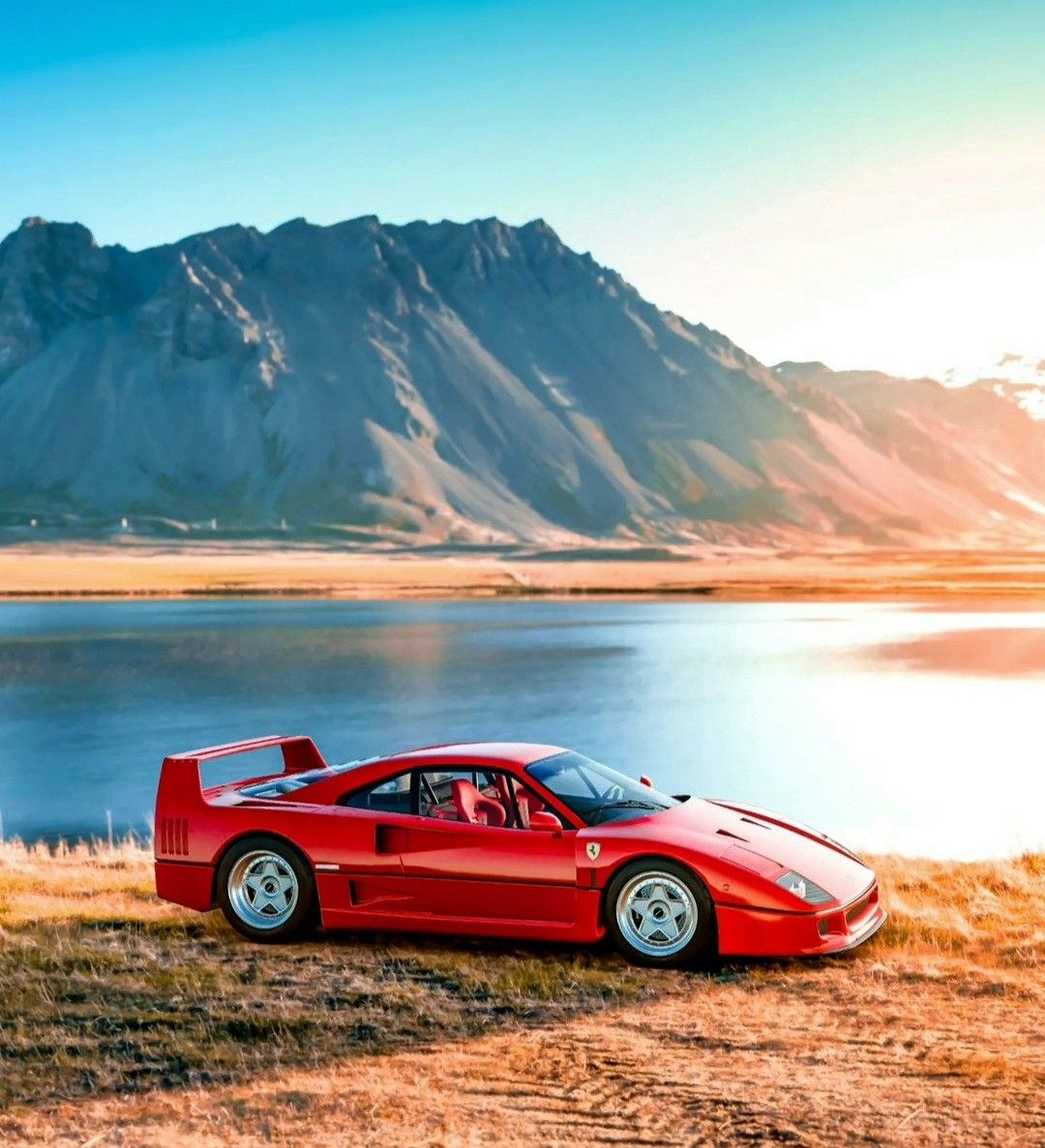
Airbags? Your kneecaps are the airbags. But it was light—just over 1100 kg—and that made it a missile. 0–100 km/h in 3.8 seconds, a top speed of 324 km/h. In 1987, that was Star Wars stuff. It was the first production car to break 200 mph. Let that sink in.
But here’s the twist: Ferrari never intended it to race. And yet, it did. Privateers begged and borrowed to get them on track. Michel Ferté and Jean Alesi piloted one in IMSA. In Japan’s JGTC, it was worshipped like a samurai ghost. And though it never won Le Mans, the F40 LM made every GT1 car after it feel like an accountant’s company car.
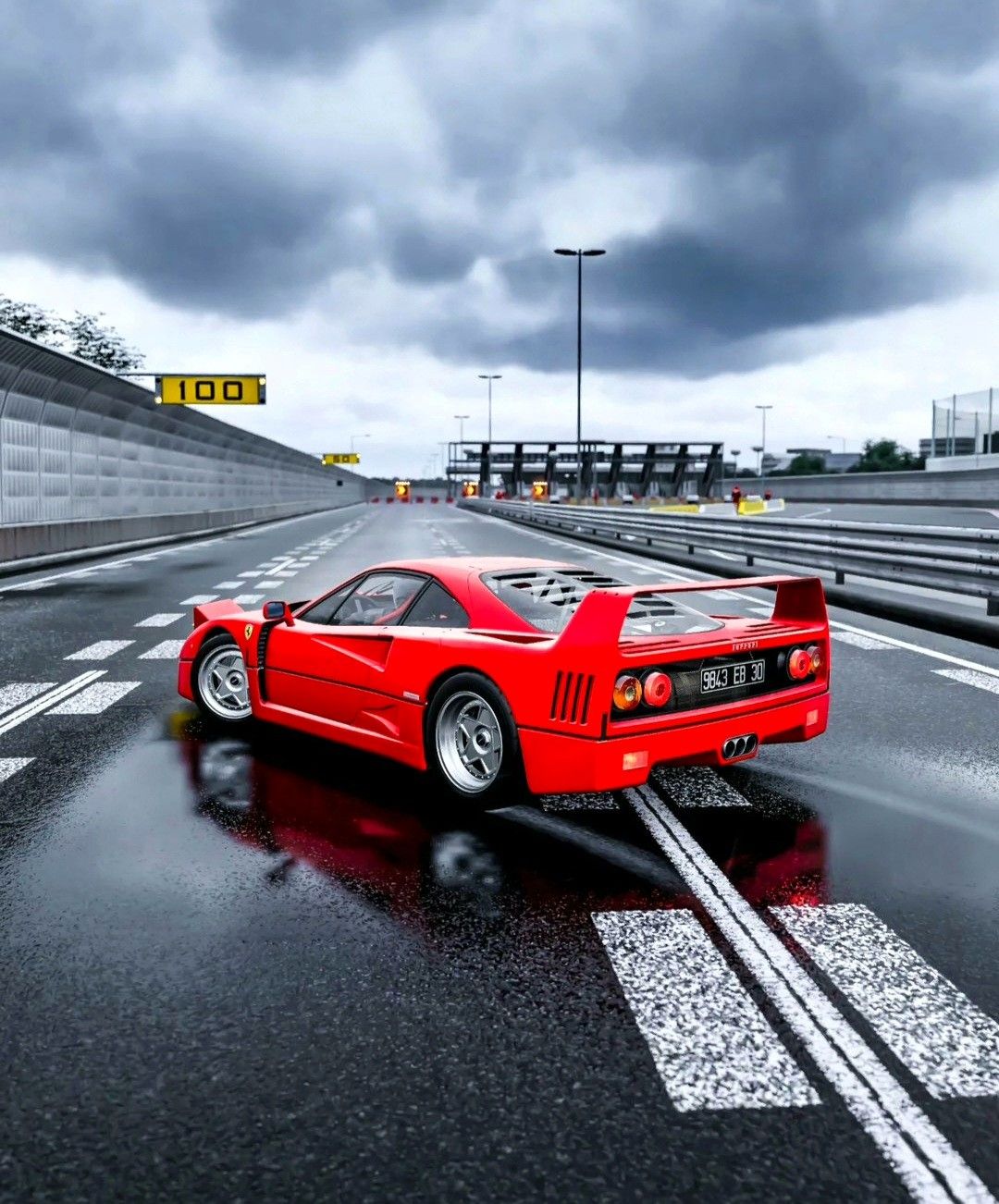
Then there’s the mythos. Enzo Ferrari died in 1988. The F40 was the last car he personally signed off on. Which makes it more than a machine—it’s a tombstone, a shrine, a petrol‑fueled haiku that reads: “No compromise.”
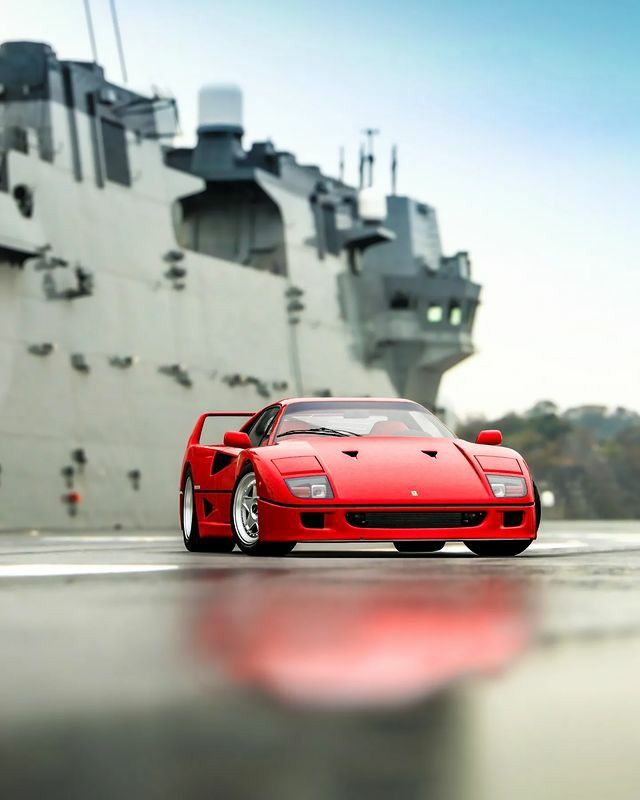
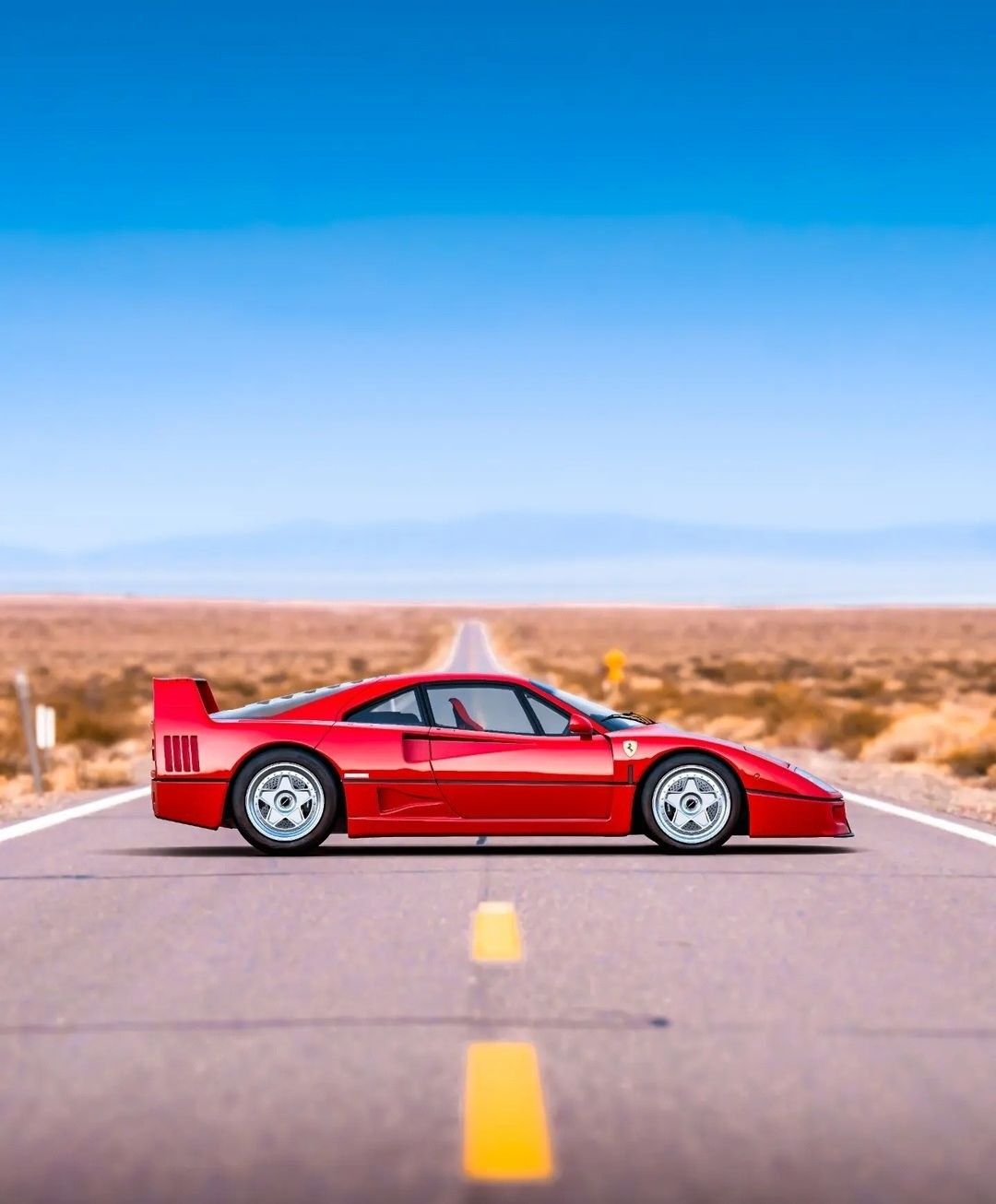
It’s unfiltered. It’s dangerous. It’s beautiful. It’s everything supercars today try to be—but safer, duller, muted by regulation. The F40 was built in a time when the driver mattered. When fear was part of the thrill. When Ferrari didn’t care about emissions, softness, or Bluetooth.
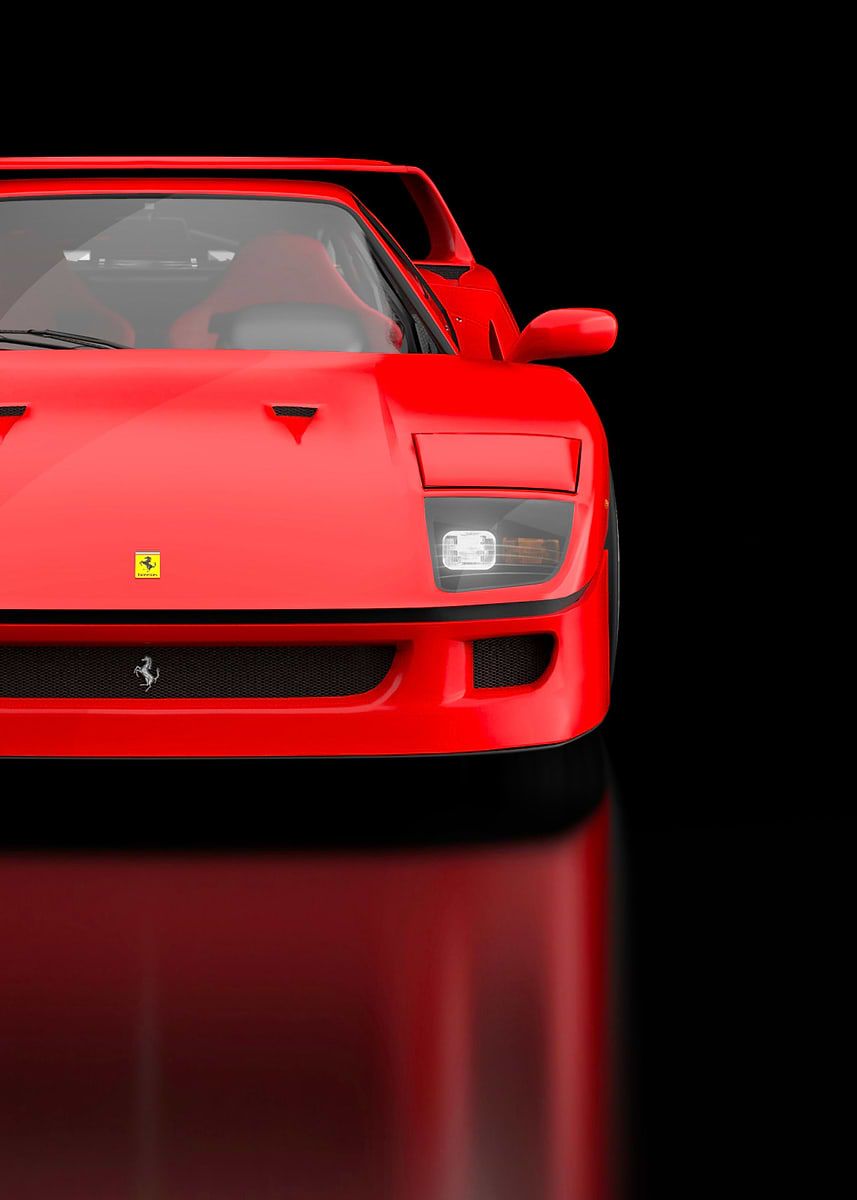
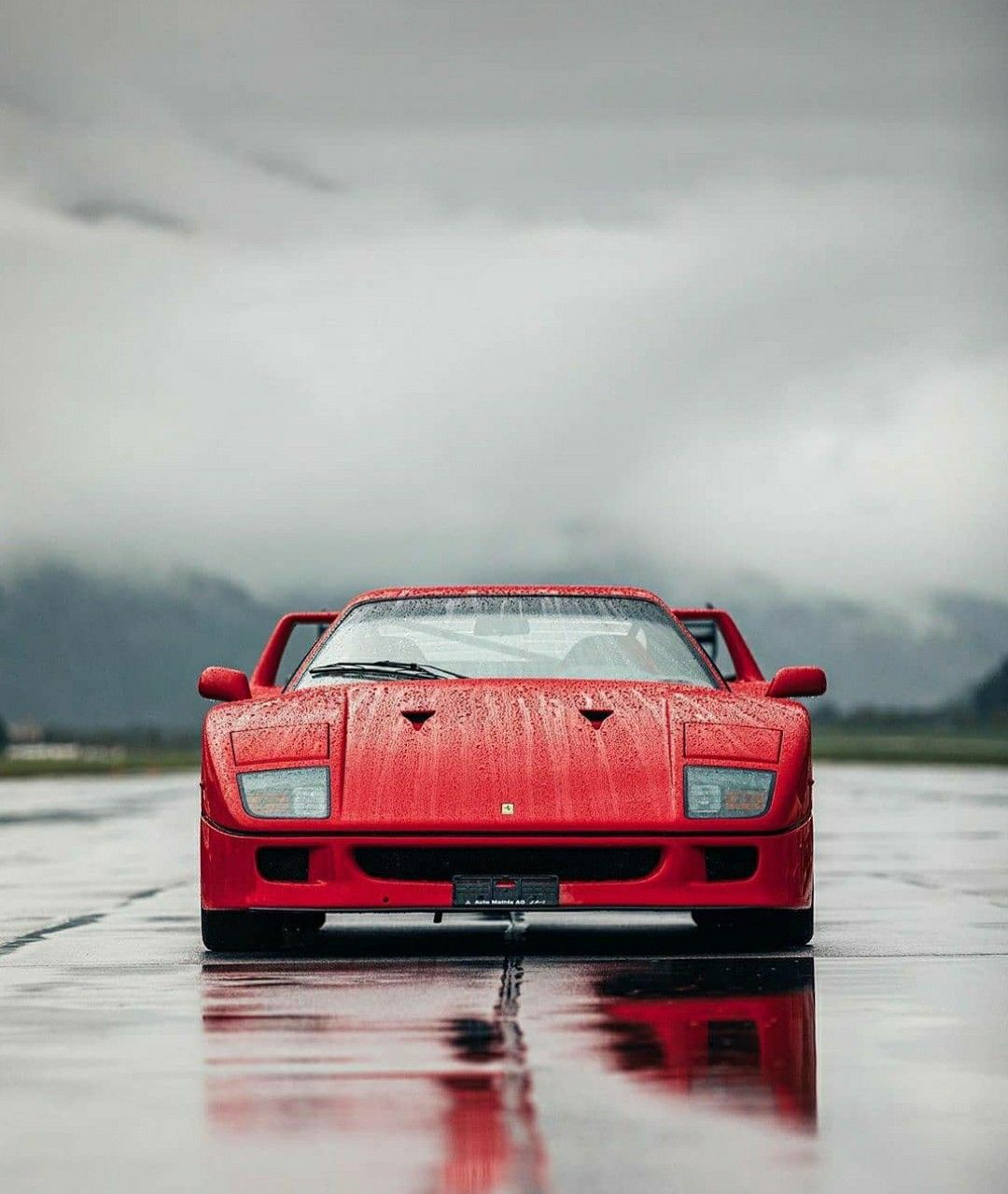
And if you ever get the chance to drive one, don’t take it lightly.
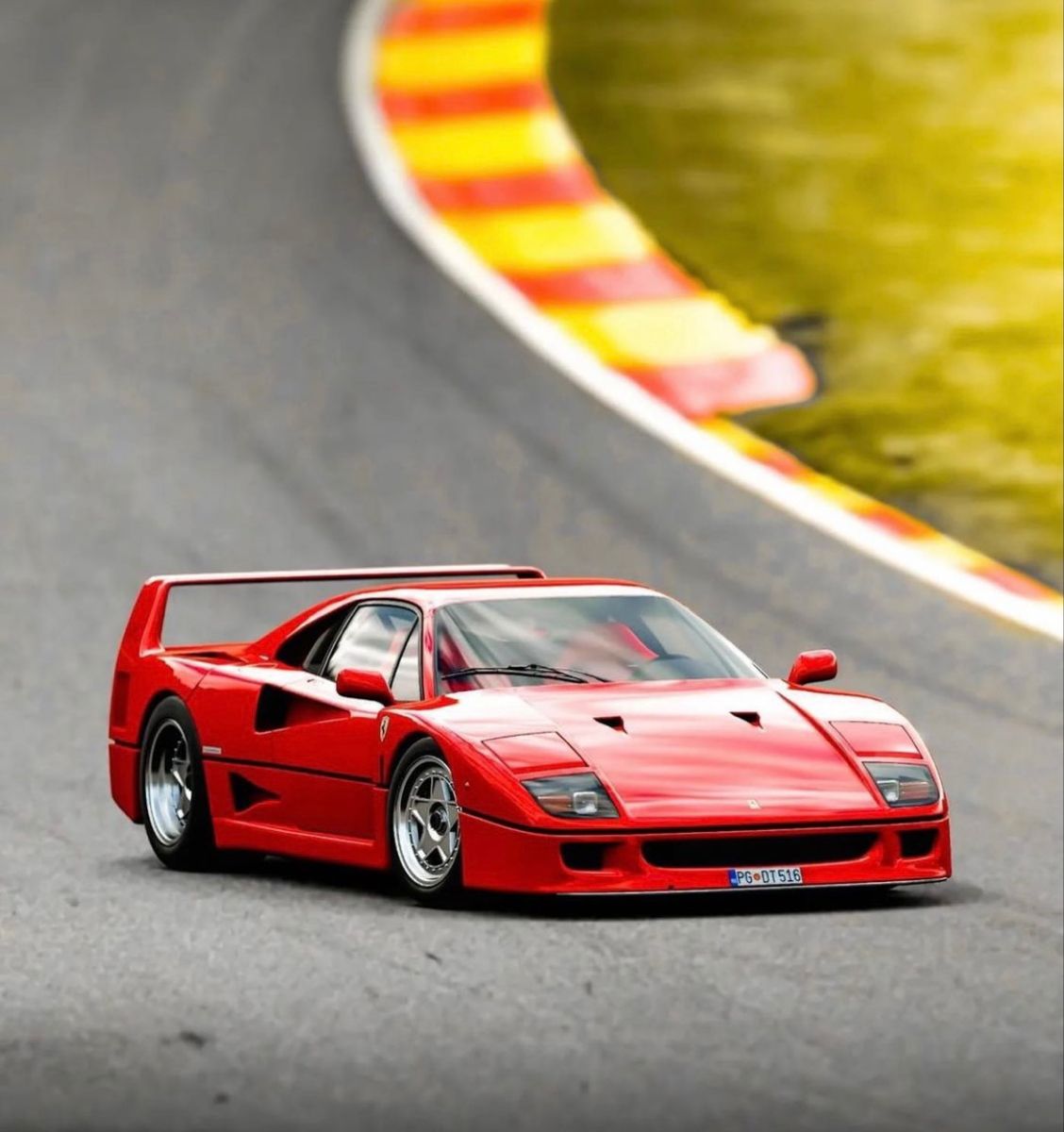
You’re not just stepping into a car. You’re time-travelling to the last time Ferrari truly lost its mind—and thanked the gods for it.
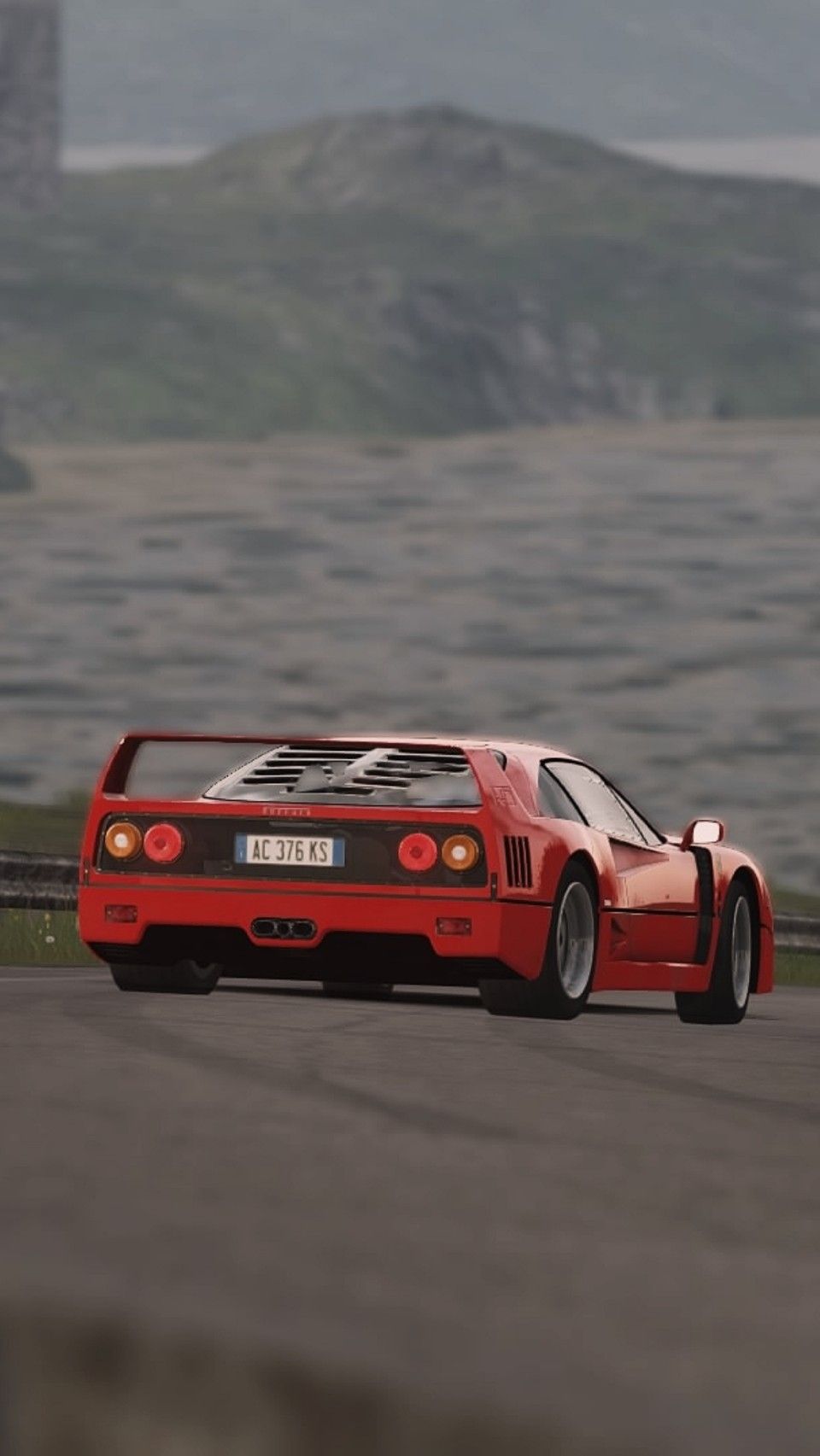

-
Antoine de Saint-Exupéry, French writer and aviator